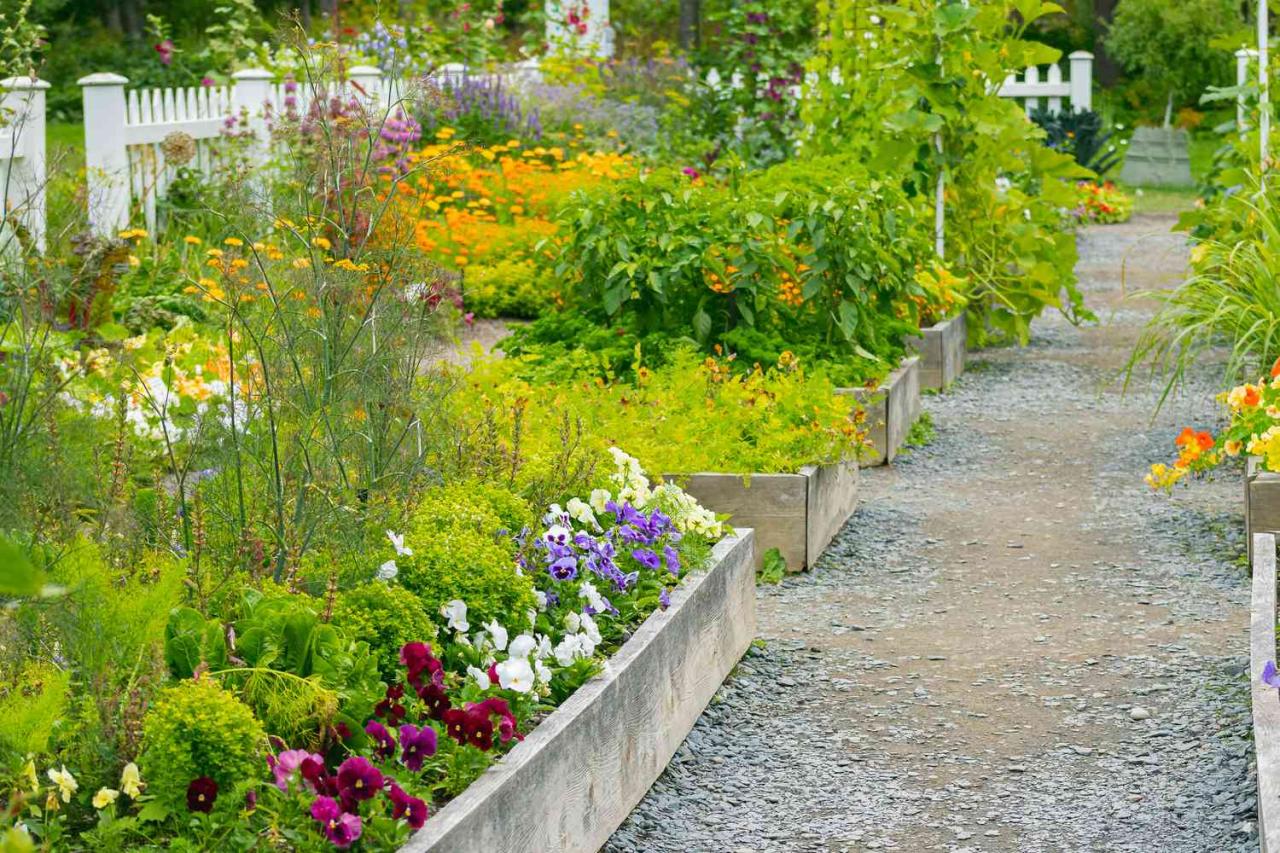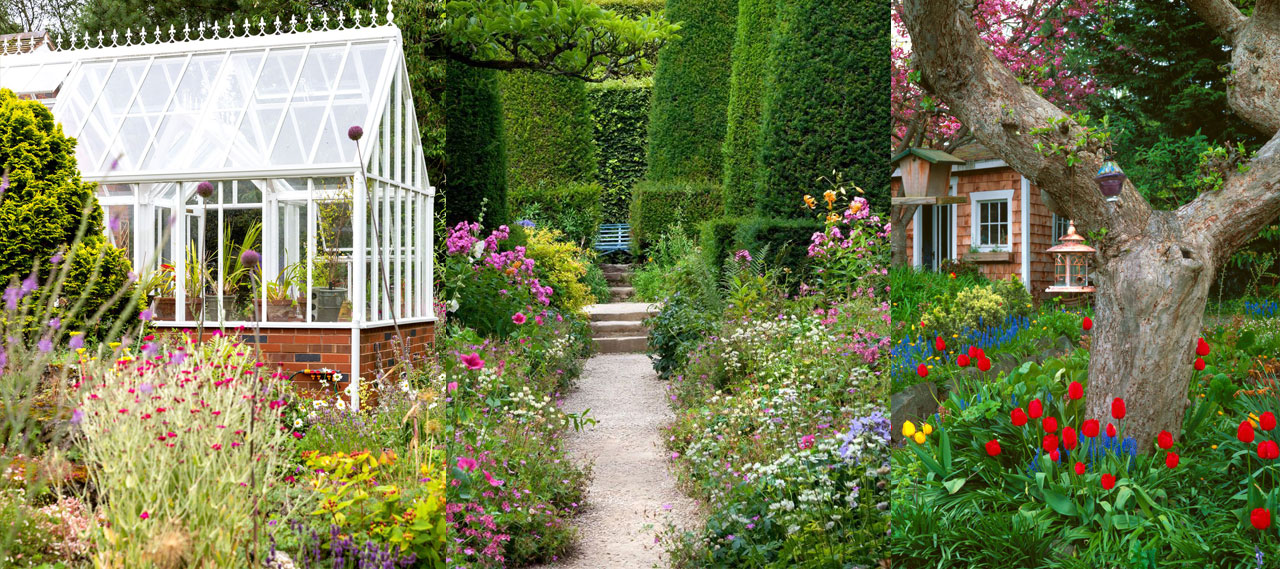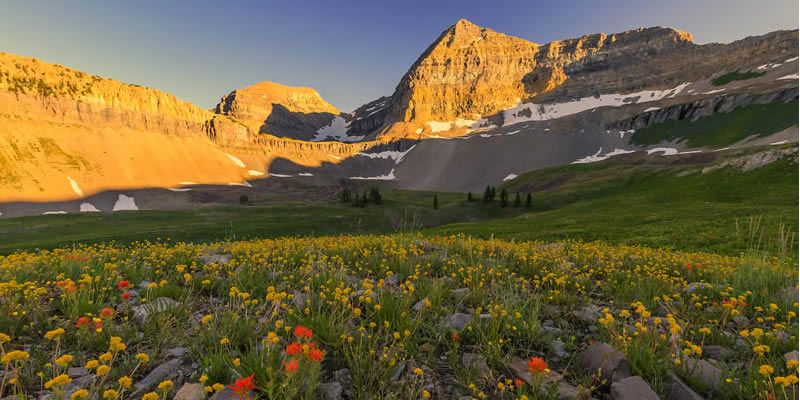A Beginner’s Guide to Plant Identification: Tips and Techniques

Exploring the world of plants and learning to identify them can be a fascinating and rewarding endeavor. Whether you’re a nature enthusiast, gardener, or simply curious about the flora around you, plant identification opens a door to a deeper connection with the natural world. In this beginner’s guide, we’ll introduce you to some essential tips and techniques for identifying plants and embarking on your botanical journey.
- Start with Field Guides:Field guides are valuable resources for plant identification. They provide illustrations, photographs, and detailed descriptions of plants. Look for guides that are specific to your region, as they will feature the plants you’re most likely to encounter.
- Observe Key Features:When identifying a plant, pay close attention to its key features. These include the shape, size, and arrangement of leaves, flowers, and fruits. Noting these characteristics is a crucial first step.
- Leaf Identification:Leaves are often one of the most distinctive parts of a plant. Examine their shape, size, color, and any unique markings or characteristics, such as serrated edges or hairiness.
- Flower Identification:Flowers are another key identifier. Note the number of petals, the arrangement of petals and sepals, the flower’s color, and any unique patterns or markings. The size and shape of the bloom are also important.
- Fruit Identification:The type of fruit a plant produces can be a strong clue for identification. Observe the shape, color, and texture of the fruit, as well as how it is arranged on the plant.
- Habitat and Location:Where you find a plant can provide valuable information. Different plants thrive in specific habitats and climates. Note the location, soil type, and whether the plant is in a sunny or shaded area.
- Use Plant Identification Apps:Modern technology offers a helping hand in plant identification. There are many apps available that allow you to take photos of a plant and receive instant information about its species. Examples include PlantSnap, iNaturalist, and Seek by iNaturalist.
- Join a Botanical Group:Local botanical clubs or online communities can be excellent resources. Experienced members can help identify plants, provide guidance, and even organize group outings to explore and learn about local flora.
- Consider Plant Characteristics:Plants can be categorized by various characteristics, such as whether they are woody or herbaceous, annual or perennial, and deciduous or evergreen. Understanding these distinctions can aid in identification.
- Pay Attention to Seasonal Changes:Some plants change significantly throughout the seasons. Be patient and observe a plant over time to see how it transforms during different growth stages.
- Take Detailed Notes:As you explore and identify plants, keep a notebook or digital record of your findings. Include sketches, photographs, and notes about the plant’s features and habitat.
- Consult Experts:When in doubt, don’t hesitate to seek the guidance of experienced botanists, horticulturists, or local plant experts. They can offer insights and help confirm your identifications.
- Practice, Practice, Practice:The more you practice, the more confident you’ll become in plant identification. Take every opportunity to explore, observe, and learn about the diverse world of plants.
Conclusion:
Plant identification is a journey of discovery that enriches your understanding of the natural world. While it may seem overwhelming at first, with patience and practice, you can become a proficient plant identifier. Remember that learning to identify plants is not only an educational endeavor but also a way to foster a deeper connection with nature and appreciate the beauty and diversity of the plant kingdom. So, grab your field guide, your smartphone, or simply your curiosity, and embark on this botanical adventure – you’ll be amazed at the incredible flora waiting to be discovered.




